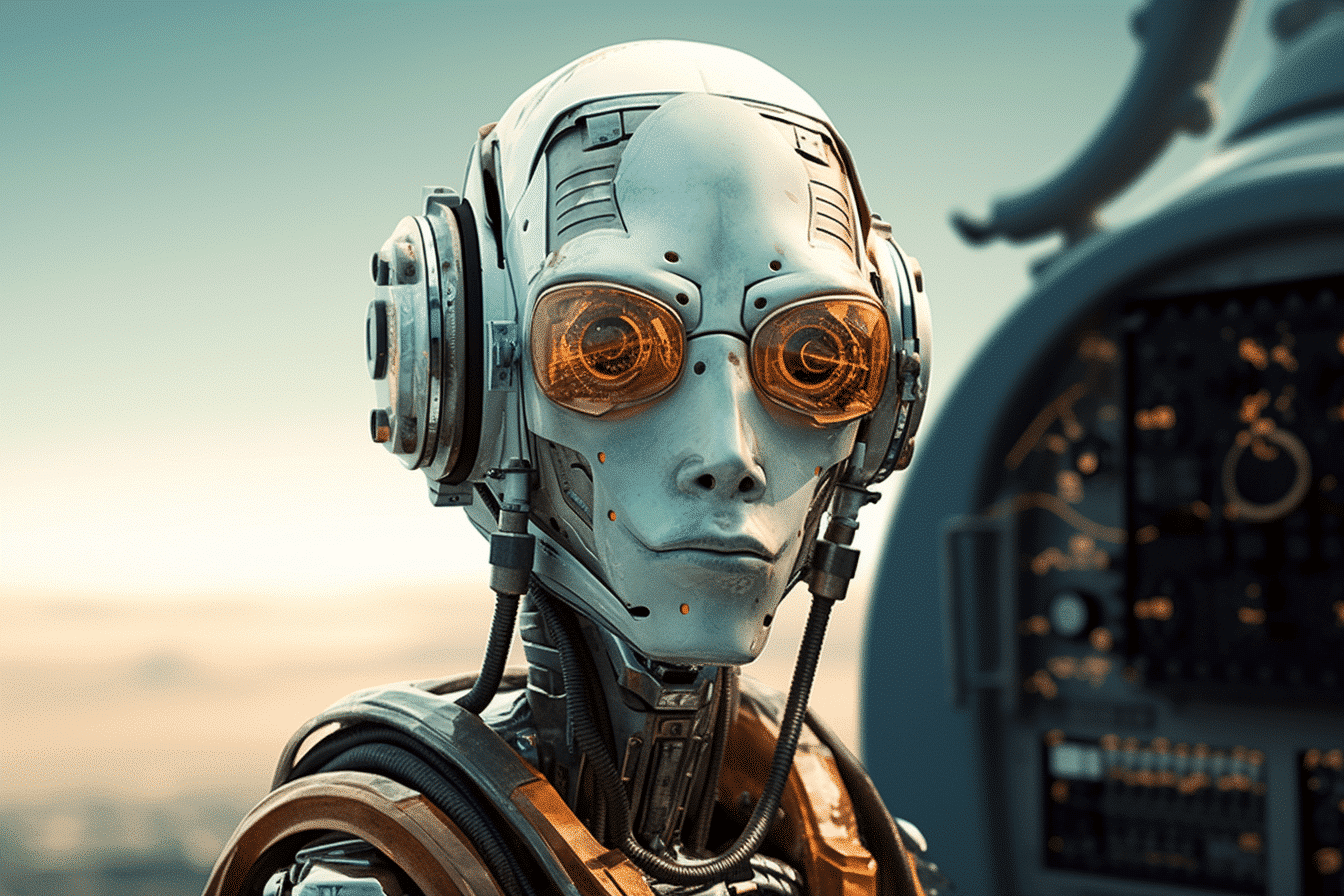In a remarkable breakthrough that seems straight out of science fiction, a group of pioneering researchers has introduced a revolutionary humanoid robot capable of piloting airplanes. The creation, named PIBOT, opens up new horizons for aviation and automation enthusiasts alike, promising a future where machines take to the skies with unprecedented skill and adaptability.
PIBOT, short for Pilot Robot, has been designed to occupy standard aircraft cockpits, where it can effectively assume control of the plane’s flight operations. Unlike conventional autopilot systems that are solely software-based, PIBOT comes equipped with limbs that enable it to manipulate flight instruments in a manner akin to a human pilot.
One of the standout features of PIBOT lies in its ability to seamlessly integrate into various cockpit environments and operate different flight systems without necessitating any modifications to the aircraft itself. This inherent adaptability makes it a game-changer, setting it apart from existing technologies.
The mastery of flight by PIBOT is rooted in a two-pronged approach. First, it utilizes natural language processing to comprehend aircraft manuals, learning the intricacies of flight in an intuitive way. This enables it to understand the nuances of flying and respond adeptly to various scenarios. Secondly, the robot employs onboard cameras to visually assess the cockpit’s situation, enabling it to make real-time decisions based on the information it gathers.
One of the most impressive demonstrations of PIBOT’s capabilities has been its ability to maintain control over aircraft even during turbulent conditions. The robot has showcased its competence in handling challenging flight situations, raising optimism about its potential to enhance flight safety in the future.
The team behind PIBOT, headed by Professor David Hyunchul Shim from the KAIST School of Electrical Engineering, envisions a future where humanoid pilot robots like PIBOT are not only limited to airplanes but are also applicable to other vehicles such as cars and military trucks. This versatility stems from the robot’s capacity to control a wide range of equipment, which could prove invaluable in scenarios where resources are scarce, particularly within military contexts.
With the successful demonstrations of PIBOT’s capabilities, the team is now gearing up to introduce the robot into the commercial market. This move is expected to further drive the advancement of automated flight systems and revolutionize the way we perceive human-machine collaboration in the aviation sector.
As the world takes its first steps towards embracing humanoid robot pilots, the skies seem to hold endless possibilities for innovation and exploration. The future of aviation looks set to be defined by the synergy between human ingenuity and robotic prowess, with PIBOT leading the charge toward this exciting new era.

